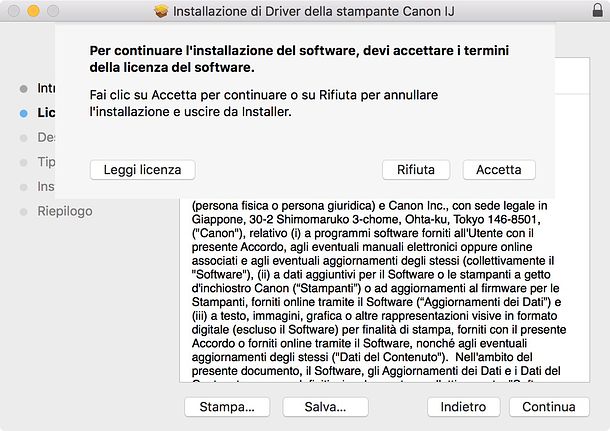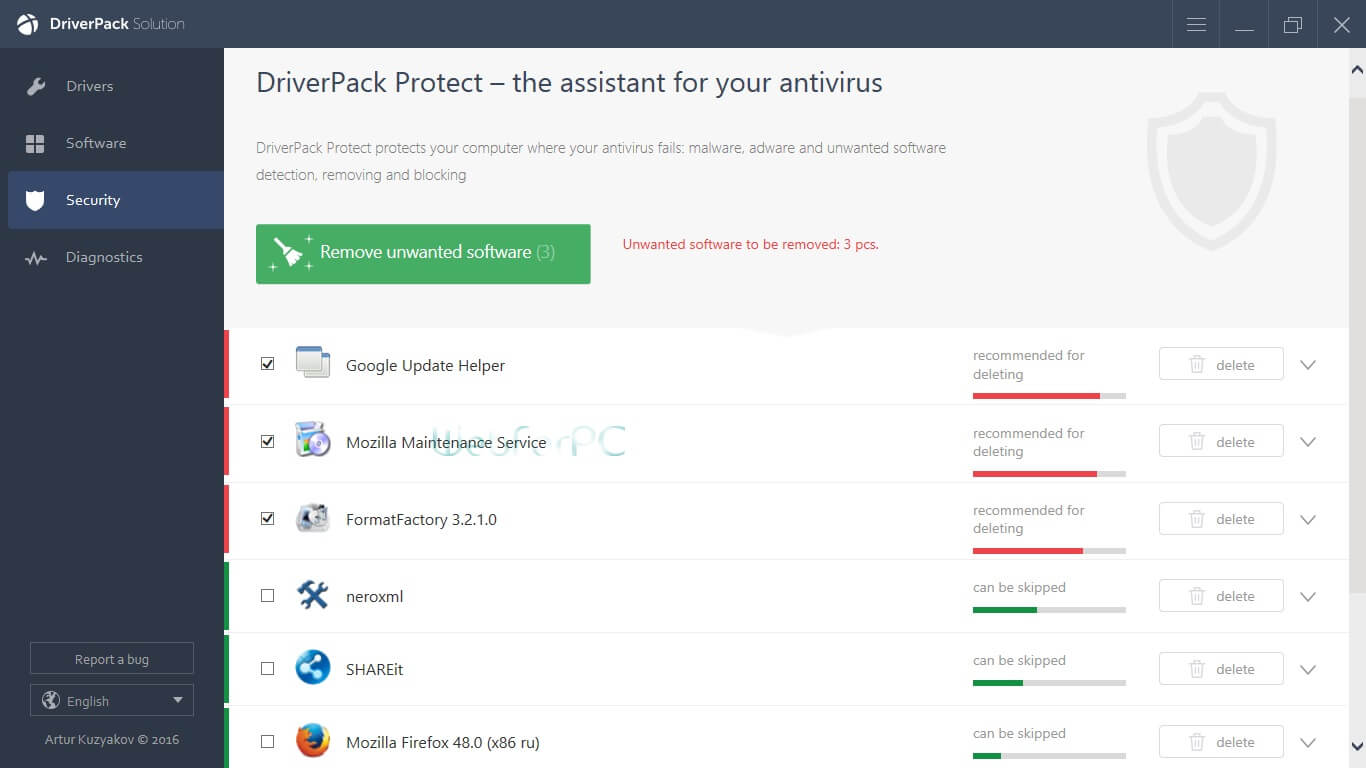

“It’s engaging about engaging your brain.
#Driver solution menu ex how to
“It’s not teaching what to think, but how to think,” said Julie Smith, an expert on media literacy who teaches at Webster University in Webster Groves, Missouri. The title of a talk for a recent gathering of Lee’s group: “How to talk about conspiracy theories without getting fired.”

lags many other democracies in waging this battle, and the consequences of inaction are clear.īut for teachers already facing myriad demands in the classroom, incorporating internet literacy can be a challenge - especially given how politicized misinformation about vaccines, public health, voting, climate change and Russia’s war in Ukraine has become. Lee’s efforts are part of a growing movement of educators and misinformation researchers working to offset an explosion of online misinformation about everything from presidential politics to pandemics.

I would like to think the republic can survive an algorithm.” “People are like, ‘There’s nothing we can do,’ and they throw their hands in the air. “This technology is so new that no one taught us how to use it,” Lee said. He’s also created an organization for other teachers to share resources. Lee has tried to bring that kind of education into his classroom, with lessons about the need to double-check online sources, to diversify newsfeeds and to bring critical thinking to the web. SEATTLE (AP) - Shawn Lee, a high school social studies teacher in Seattle, wants to see lessons on the internet akin to a kind of 21st century driver’s education, an essential for modern life.


 0 kommentar(er)
0 kommentar(er)
